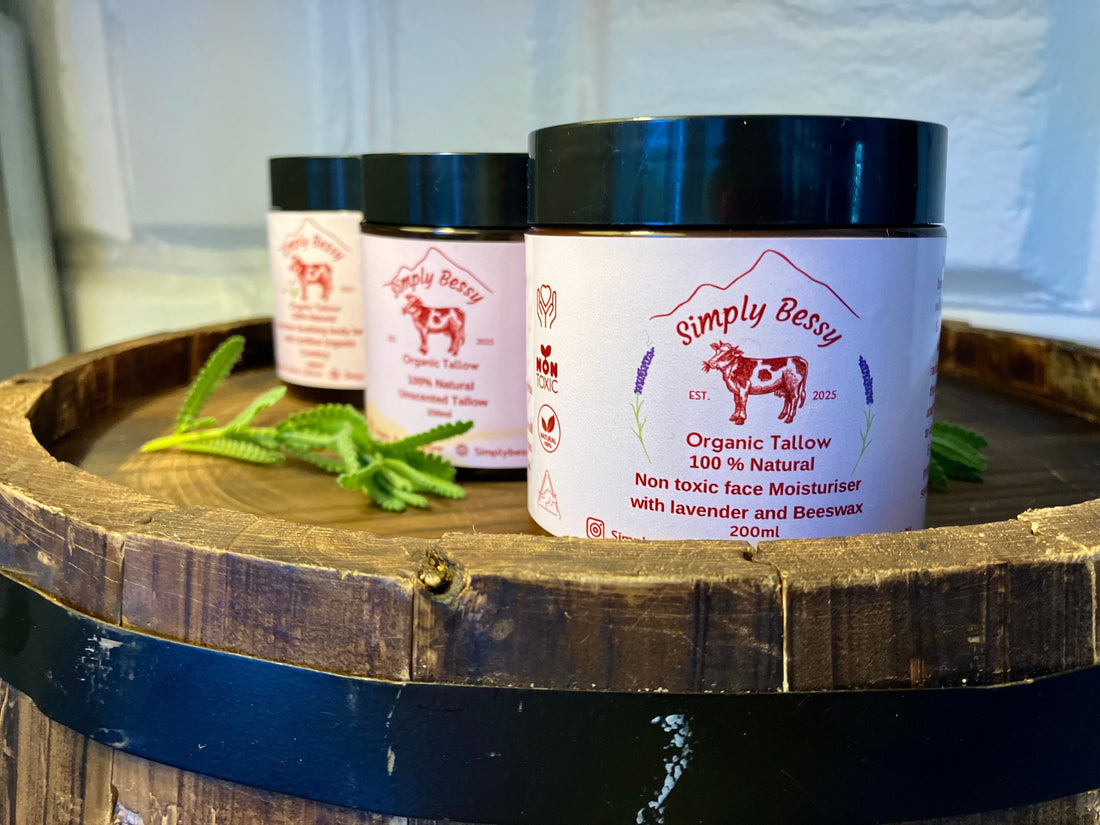
Evolving from chemical products to natural
Share
As consumers become more conscious of the products they use, there has been a shift towards embracing natural ingredients. One such ingredient that has gained popularity in recent years is beef tallow. Let's explore the evolution from chemical products to natural alternatives like beef tallow.
What is Beef Tallow?
Beef tallow is a rendered form of beef fat, commonly used in cooking and skincare products. It is rich in nutrients and has a high smoke point, making it a versatile ingredient in various applications.
The Benefits of Beef Tallow
Unlike chemical-laden products, beef tallow is a natural and sustainable option. It is rich in vitamins A, D, E, and K, which are essential for healthy skin. Additionally, beef tallow is free from artificial additives and preservatives, making it a safer choice for consumers.
Why the Shift to Natural Ingredients?
Consumers are becoming more aware of the potential harmful effects of chemicals in products. Natural ingredients like beef tallow offer a safer alternative without compromising on quality. The trend towards natural products is driven by a desire for transparency and sustainability in the products we use.
The Versatility of Beef Tallow
Beef tallow can be used in a variety of ways, from cooking to skincare. In cooking, it adds a rich flavor to dishes and has a high smoke point, making it ideal for frying. In skincare, beef tallow can be used as a moisturizer, lip balm, or even as a natural deodorant.
Embracing the Change
As more consumers seek natural alternatives, the shift towards embracing ingredients like beef tallow will continue to grow. By choosing natural products, consumers can support sustainable practices and prioritize their health and well-being.
Embracing the evolution from chemical products to natural alternatives like beef tallow is a step towards a healthier and more sustainable future. With its numerous benefits and versatile applications, beef tallow is a natural choice for those looking to make a positive impact on their health and the environment.

